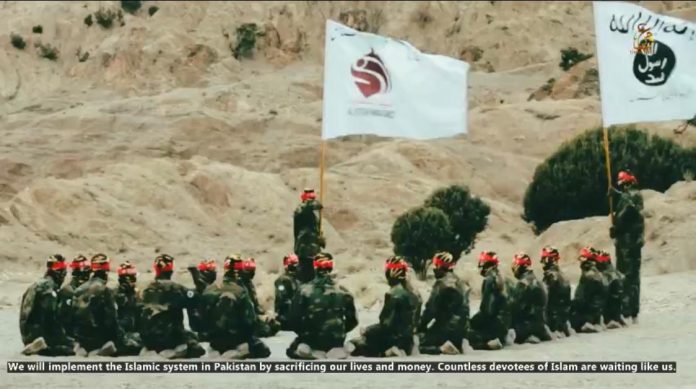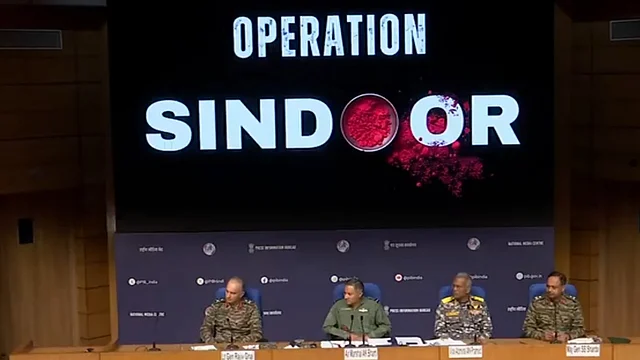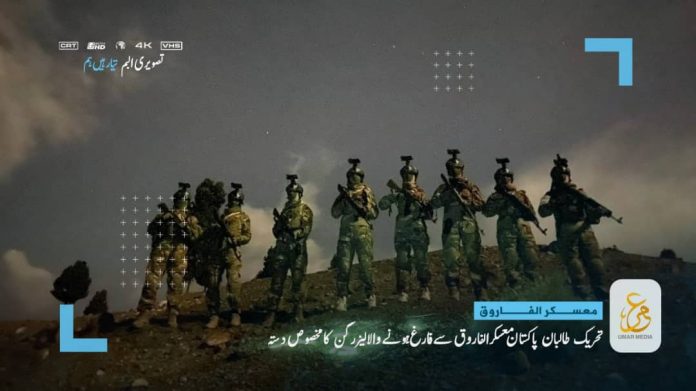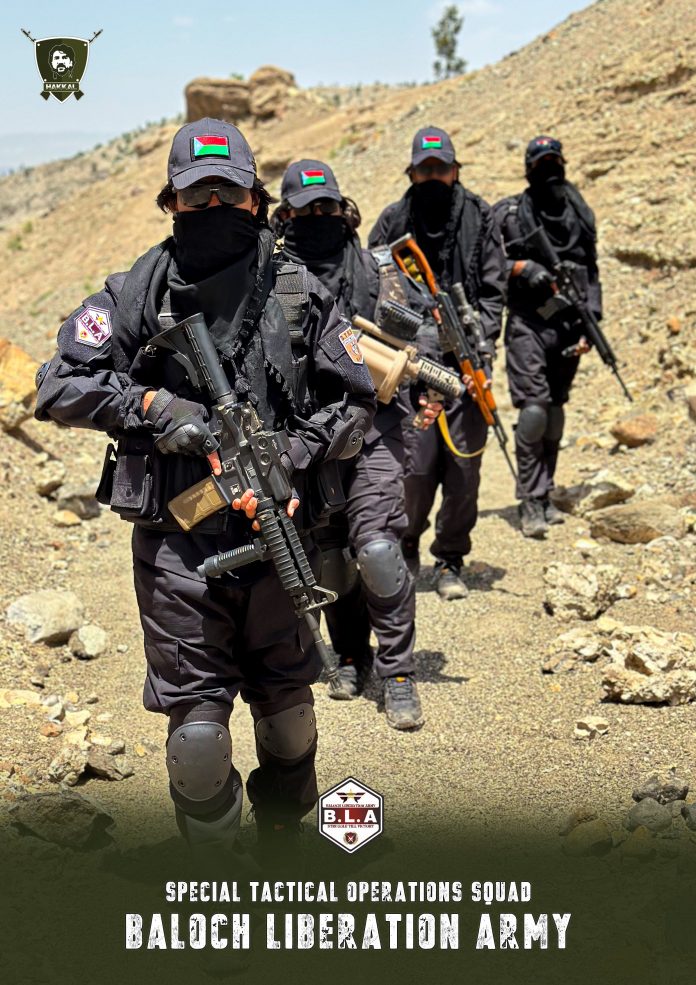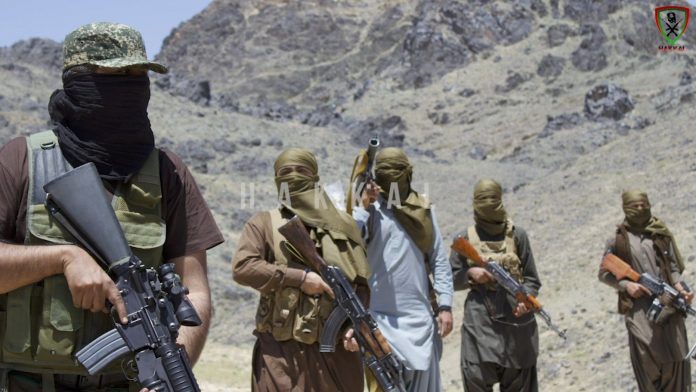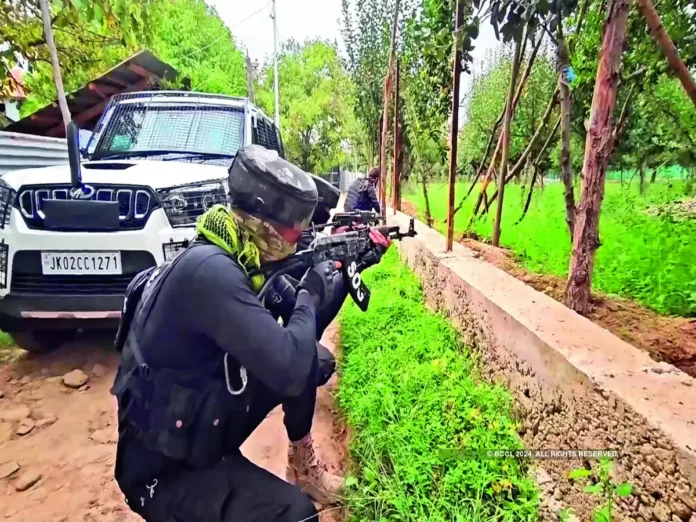By Satish Mahaldar
New Delhi – In what is being hailed as a pivotal moment in India’s modern military history, the country’s swift and precise response to the April 20 terrorist attack in Pahalgam has redrawn strategic boundaries in South Asia.
Operation Sindoor, launched on May 7, 2025, marked a transformative chapter in India’s counterterrorism posture—one defined by preemptive action, technological superiority, and strategic restraint.
The conflict began with a gruesome assault on Hindu pilgrims near the Lidder River, where 26 civilians, including women and children, were killed by militants armed with AK-47s and U.S.-made M4 carbines. The Resistance Front (TRF), a proxy of Lashkar-e-Taiba, claimed responsibility. Indian intelligence swiftly linked the attack to handlers operating from Pakistan-occupied Kashmir (PoK), with support traced back to Pakistan’s Inter-Services Intelligence (ISI).
A Calculated Military Response
Operation Sindoor was designed with three clear objectives:
Eliminate terror camps and logistics hubs across the LoC.
Degrade the operational infrastructure of TRF and LeT.
Assert deterrence without triggering full-scale war.
Led by the Indian Air Force, the operation mobilized over 75 fighter jets including Rafales, Su-30MKIs, and Mirage 2000s. Strategic strikes targeted militant facilities in Balakot, Muzaffarabad, and Bhimber, using BrahMos cruise missiles and SPICE-2000 precision bombs.
Electronic warfare units jammed enemy radars using DRDO’s Samyukta systems, while Heron and Rustom drones provided real-time surveillance. The strikes showcased India’s evolving military doctrine—high-impact operations with minimal collateral damage and rapid disengagement.
Pakistan’s Response: Symbolic and Ineffective
Despite its layered Chinese-origin air defense systems—HQ-9/P, LY-80, and FM-90—Pakistan failed to intercept Indian strikes. Retaliatory efforts, including drone incursions and missile salvos in Jammu & Kashmir, were neutralized by India’s Akash and S-400 defense batteries.
India, meanwhile, struck deep into Pakistani air and logistics infrastructure, inflicting significant damage. Pakistan’s warnings of nuclear retaliation were countered by India’s reiteration of its No First Use (NFU) policy—while asserting its right to respond to “grave provocation.”
A Flashpoint With Nuclear Overtones
Think tanks like SIPRI and NTI warned of the global fallout from a potential nuclear escalation. Simulations show even a limited nuclear conflict between India and Pakistan could result in over a billion people facing food shortages due to atmospheric fallout.
Despite heightened fears, the situation de-escalated after Pakistan requested a ceasefire through backchannel contacts. Prime Minister Narendra Modi, in a national address on May 12, confirmed that retaliation had only been “paused,” not ended.
Foreign Players: Cautious Moves and Quiet Partnerships
United States President Donald Trump claimed credit for halting the conflict, though Indian officials clarified that de-escalation was initiated by Islamabad. The U.S. maintained a tactically neutral stance, balancing deepening ties with New Delhi against its historical cooperation with Pakistan.
China, while officially silent, was suspected of aiding Pakistan in cyber defense and drone warfare. The landing of an Egyptian IL-76 military transport at a Pakistani base triggered concerns over nuclear logistics, suggesting deeper cooperation among Pakistan, China, and Egypt.
Turkey’s involvement was more direct—delivering 350 combat drones and deploying military advisers. Two Turkish operatives were killed in Indian airstrikes, signaling Ankara’s increasing military alignment with Islamabad.
Modi Doctrine: A New Security Posture
PM Modi’s speech reflected a resolute shift in Indian policy:
“Terror and talks, blood and water cannot flow together. We will take decisive action against terrorist bases—state-backed or otherwise.”
Operation Sindoor, Modi declared, is India’s new normal—a proactive, no-compromise policy on cross-border terrorism. He dismissed foreign claims of mediation and emphasized India’s independent decision-making in national security.
Public Unity and Symbolic Victory
The Indian public rallied around the armed forces. Hashtags like #SindoorStrike, #NewNormal, and #NoMoreTerror dominated online platforms. In several states, newborn girls were named “Sindoor”, symbolizing protection and patriotic pride.
Veterans praised the coordination between the IAF, cyber units, and special operations forces, while opposition parties voiced full support, signaling rare bipartisan unity on national defense.
Strategic Outcomes and Regional Implications
Operation Sindoor not only destroyed key terrorist infrastructure but also exposed vulnerabilities in Pakistan’s Chinese-built defense systems. Analysts noted Pakistan’s failures in:
Detecting stealth munitions.
Coordinating real-time airspace defense.
Preventing infrastructure breaches.
The conflict revealed cracks in South Asia’s nuclear deterrence model. With red lines increasingly blurred, the potential for accidental escalation or proxy manipulation by non-state actors remains dangerously high.
India’s decisive and disciplined conduct in the 2025 conflict has ushered in a new era in South Asian security. No longer constrained by fears of escalation, India has demonstrated the capacity to inflict damage swiftly, precisely, and unilaterally when provoked.
With Turkey, China, and Egypt coalescing around Pakistan, and India deepening its Indo-Pacific alignment, the region is entering a more polarized and precarious phase. The world cannot afford to be passive spectators.
Robust diplomacy, nuclear safeguards, and crisis-management protocols are urgently needed. Otherwise, the next provocation may escalate beyond control.
(Disclaimer: The author is a prominent Kashmiri Pandit activist and the views expressed in this column are his personal).

